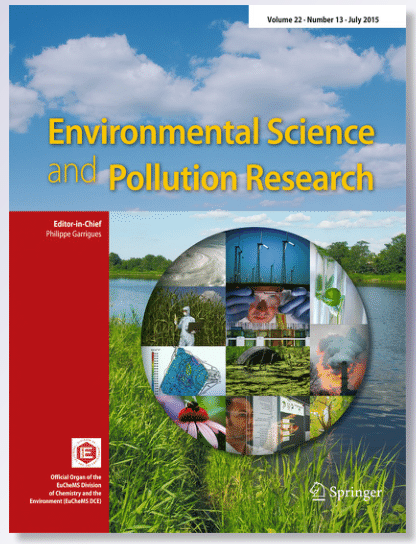ZnO, CuO and TiO2 nanoparticles impacts on natural phytoplankton community (in vitro)
Abstract
The emergence of new types of pollutants and the increase of anthropogenic load on the environment provoked an increased interest of researchers to study the toxic effects of pollutants on living organisms. This study is devoted to investigate the physiological response of the Black Sea phytoplankton community to the effects of ZnO, CuO and TiO2 nanoparticles (NPs) of different concentrations by creating in vitro model microcosms. Trends of changes in the ratio between phytoplankton groups (cyanobacteria—picoeukaryotic algae—nano-microphytoplankton), species composition, growth rates and functional state of cells under the influence of the studied nanoparticles were revealed. It is shown that the size structure of the phytoplankton community is an important factor determining its sensitivity to the impact of metal nanoparticles. Small picocyanobacteria and picoeukaryotes are more sensitive to the impact of pollutants than nano-microphytoplankton. Representatives of microphytobenthos are more resistant to metal nanoparticles than planktonic species of similar size. Of the three studied species of NPs, ZnO NPs are the most toxic for phytoplankton. The effect of TiO2 NPs is manifested at concentrations much higher than those observed in nature. The EC50 values of the studied pollutants for natural phytoplankton communities are significantly lower than the values obtained on laboratory cultures. This indicates a greater sensitivity of natural phytoplankton communities to the effects of pollutants compared to model cultures of microalgae. The obtained data show that significant changes in species composition and productive activity of phytoplankton can occur at concentrations of NPs characteristic of polluted coastal areas.

 求助内容:
求助内容: 应助结果提醒方式:
应助结果提醒方式:


